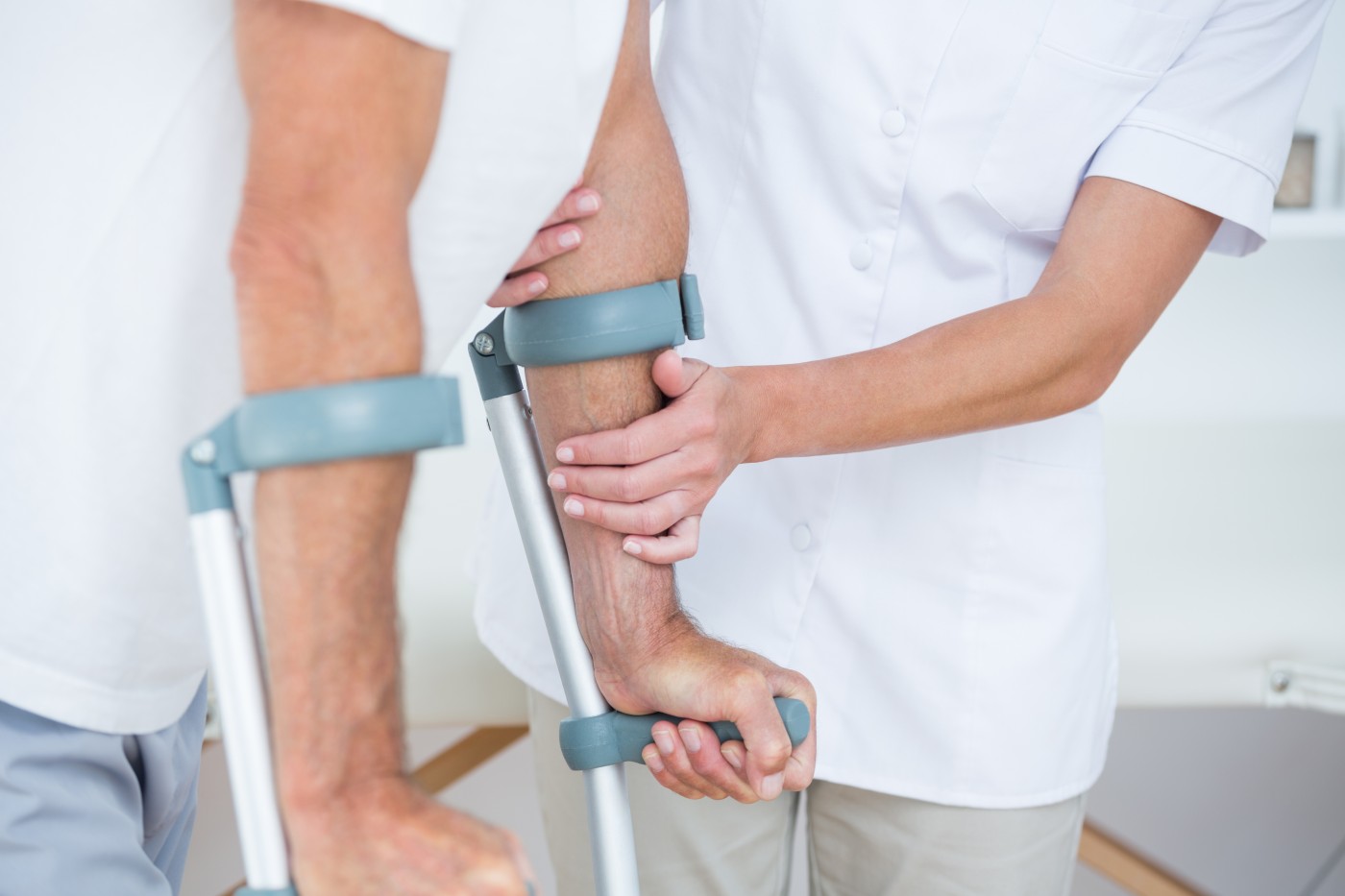#CMSC16 – Physical Training with Assistive Devices Improves Mobility for MS Patients

The use of assistive devices is ineffective for multiple sclerosis (MS) patients, a study recently presented at the Consortium of Multiple Sclerosis Centers (CMSC) 2016 Annual Meeting concluded.
But physical training using such devices can help improve mobility and the result is usually accompanied by a lower level of signaling in a crucial brain region.
Researchers from Oregon Health & Science University noted that despite the common use of assistive devices, such as canes and walkers, MS patients overall do not benefit adequately from them. In fact, patients often fall as a consequence of suboptimal handling.
Mobility problems in MS patients have earlier been linked to abnormal connections in the brain’s movement networks, so study researchers decided to explore whether training could improve the use of assistive devices, and if the potential improvement would effect the faulty brain connections.
The ongoing study, “Assistive Device Training Results in Improved Functional Mobility and Reduced Thalamo-Cortical Connectivity in People with Multiple Sclerosis”, was presented at the “Rehabilitation Interventions” session of the June 1-4 CMSC 2016 meeting, in National Harbor, Md.
Data included the first eight patients who completed training.
At study start, researchers assessed functional mobility using a range of tests that included the Timed Up and Go, Timed 25 Foot Walk, 2-Minute Timed Walk, Four Square Step Test, and the Multiple Sclerosis Walking Scale-12. At the same time, researchers measured functional connections of the thalamo-cortical loop – a brain network crucial for movement – with the use of functional magnetic resonance imaging (MRI) when patients were at rest.
Patients went through six weekly training sessions that included selection, fitting, and use of assistive devices. They were then evaluated again with mobility tests and MRI.
Findings showed that the six training sessions improved participants’ Timed 25 Foot Walk times and Multiple Sclerosis Walking Scale-12 scores, but had no impact on the Timed Up and Go test, 2-Minute Timed Walk, or Four Square Step Test.
Connections between the thalamus brain region relaying motor signals to the brain’s cortex, and the supplementary motor areas are crucial for movement control.
MRI measures revealed that the functional connectivity between the two brain regions was reduced following training, suggesting that increased suppression of motor networks contributes to better mobility in people with MS. The reduced connectivity was linked to the improvements in the Timed 25 Foot Walk test after training.
The team concluded that physical training with assistive devices can help improve mobility in MS patients, and that the improvement is linked to reduced connectivity between specific brain regions.






